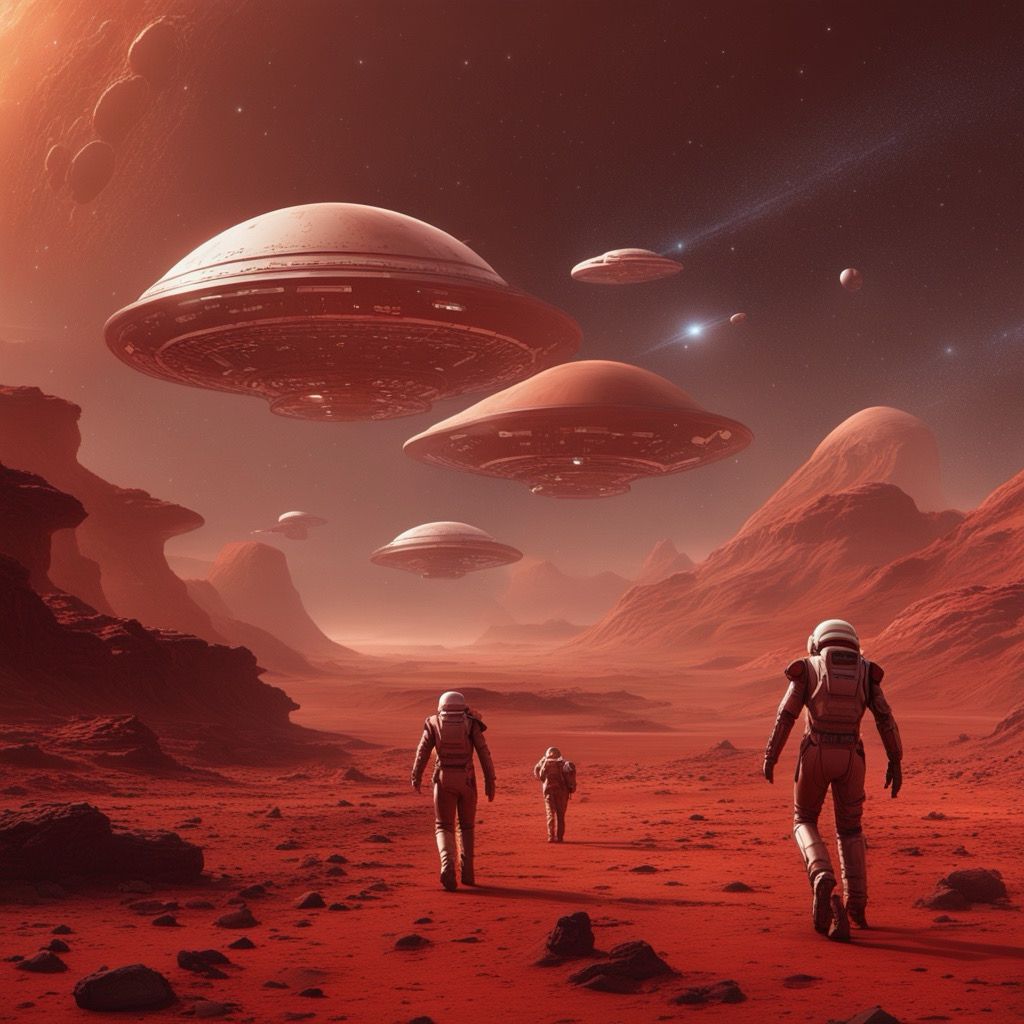One such mission was the Voyager program, launched by NASA in 1977. Voyager 1 and Voyager 2 were designed to study the outer planets of our solar system. What makes these missions truly remarkable is that both spacecraft carry a golden record containing sounds and images selected to portray the diversity of life and culture on Earth, intended for any intelligent extraterrestrial life form who might find them.
Another fascinating fact is the discovery of exoplanets, planets orbiting stars outside our solar system. The Kepler Space Telescope, launched in 2009, has been instrumental in this discovery. It has identified thousands of exoplanet candidates, revolutionizing our understanding of planetary systems and the potential for life beyond Earth.
One of the most awe-inspiring aspects of space exploration is the sheer scale of the universe. The Milky Way, our home galaxy, contains billions of stars, and it is just one of billions of galaxies in the observable universe. The Hubble Space Telescope has provided us with breathtaking images of distant galaxies, expanding our cosmic horizons and igniting a sense of wonder about the vastness of space.
Despite these incredible achievements, space exploration is not without its challenges. The harsh conditions of space, the vast distances involved, and the complexities of space travel present formidable obstacles. However, as we continue to push the boundaries of our knowledge and technology, new frontiers beckon, promising further revelations about the mysteries of the cosmos.
In conclusion, space exploration has been a testament to human ingenuity, curiosity, and the unquenchable thirst for knowledge. As we look to the future, with missions planned to Mars and beyond, the adventure of exploring the cosmos continues to inspire and awe, reminding us of the limitless possibilities that lie beyond the stars.












